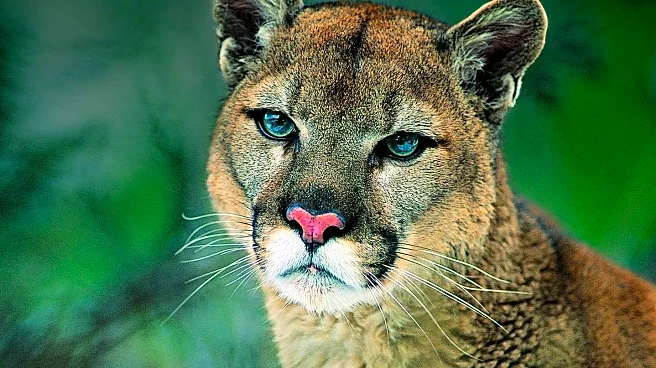What's Happening?
The article discusses the decline of cultural snobbery in the face of AI-generated content and the blending of art and commerce. It highlights how cultural snobbery, once seen as elitist, might be necessary to uphold certain standards in an era dominated by social media and AI-generated content. The piece reflects on the historical context of cultural snobbery, its decline with the rise of poptimism, and the current landscape where AI and social media content are prevalent. The article suggests that the indiscriminate celebration of all cultural forms has led to a lack of critical standards, which could be detrimental in the face of AI-generated 'slop' content.
Why It's Important?
The discussion is significant as it addresses the broader implications of cultural consumption in the digital age. The blending of art and commerce, along with the rise of AI-generated content, poses challenges to maintaining cultural standards. This shift impacts the quality and authenticity of media consumed by the public, potentially leading to a cultural landscape dominated by commercial interests rather than artistic value. The article suggests that revisiting cultural snobbery could help in critiquing and improving the quality of content, thus benefiting consumers who seek meaningful and thought-provoking media.
What's Next?
The foreseeable consequence is a potential reevaluation of cultural standards in media. Stakeholders in the media industry, including creators, critics, and consumers, might begin to advocate for higher standards and more critical engagement with content. This could lead to a resurgence of cultural snobbery as a tool for maintaining quality in an era of AI and social media dominance. The industry might also see a push for more original and challenging content that goes beyond mere commercial success.
Beyond the Headlines
The deeper implication is the ethical and cultural responsibility of media creators and consumers. As AI and social media continue to shape cultural consumption, there is a need to balance commercial interests with artistic integrity. This development could trigger long-term shifts in how media is produced and consumed, emphasizing the importance of critical engagement and the preservation of cultural diversity.










